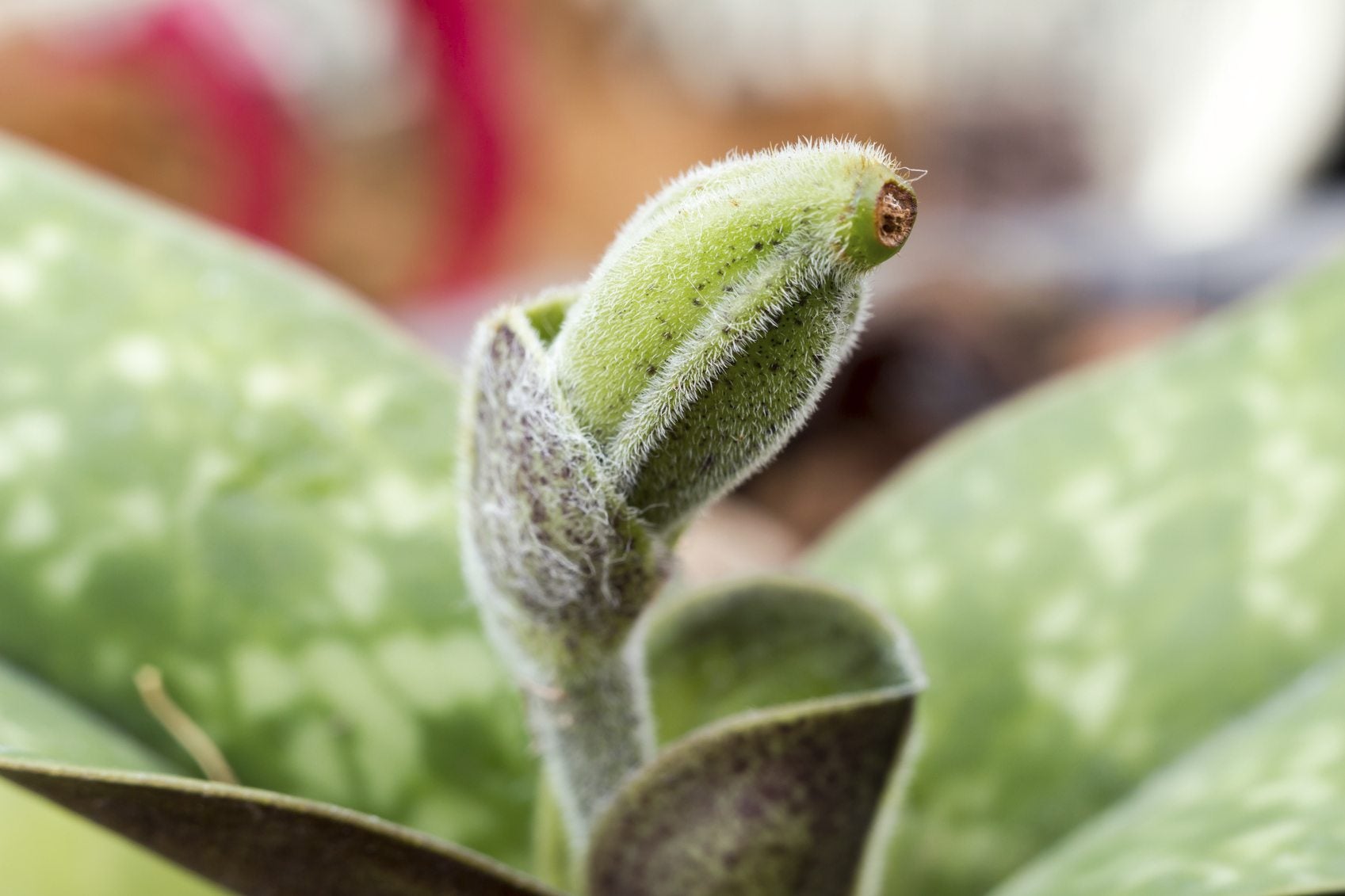Harvesting Lady Slipper Seed Pods – How To Collect Lady Slipper Seeds


If you are an orchid enthusiast, you are aware of the lovely Lady Slipper orchid. Orchid propagation can be tricky, even for a professional grower. In the case of Lady Slipper seed pods, the plant must have a symbiotic relationship with a fungus to successfully germinate. In their wild state, the fungus is plentiful but germinating them in a laboratory or at home may prove unsuccessful. It is no mystery how to collect Lady Slipper seeds, but the real challenge comes in trying to grow them. It is possible, however, with a few tips and tricks.
Lady Slipper Seed Germination
Lady Slipper orchids are terrestrial plants native to the eastern United States and Canada. This is one of the largest orchids and it grows wild in dry woods, especially pine forests. The orchid blooms April through May and produces large seed pods filled with 10,000 to 20,000 seeds. Growing Lady Slippers from seed can pose a problem due to its need for a symbiotic relationship with Rhizoctonia mycorrhizae, a natural soil-borne fungus. Successful growers of these orchids admit that Lady Slipper seed germination is capricious. They desire the proper environment, growing medium, and chilling period. Seeds from Lady Slipper and most orchids lack endosperm. This means they do not have fuel to propel germination and growth. That is where the fungus comes in. It feeds the embryo and resulting seedlings as it grows. The threads of the fungus break into the seed and attach to the interior, feeding it. Once the seedling is older and has developed roots, it can feed itself. In professional growing situations, the seeds are "flasked" with the appropriate growing medium.
How to Collect Lady Slipper Seeds
Lady Slipper seed pods form after the blooms have faded. The seeds from Lady Slipper orchids are very tiny but numerous. Professional growers say to collect the pods when they are still green, as this seems to influence germination. Crack open the pods and use tweezers to release the seed. Seeds contain a germination inhibitor that can be removed by bleaching the seed with a 10% solution for two to six hours. You will need to flask the seed in baby food containers or other glass bottles that have been sterilized. You need a sterile environment to sow the seeds. The medium is agar starting powder mixed at 90% water and 10% powder. Pour that into the sterile flasks. Wear sterile gloves and clean all surfaces before you start the next step.
Growing Lady Slippers from Seed
Once you have sterilized everything, use forceps or long-handled tweezers to transfer the seed to the growing medium. Cover the top of the flask with foil. Place the flasks in total darkness to germinate where temperatures are 65 to 70 degrees F. (18-21 C.). Keep the medium moist, but not soggy, with water that has been acidified with the addition of a little bit of apple cider vinegar. Once seeds have sprouted, keep the medium on the dry side. As seedlings develop leaves, gradually move them to a warm area with 75% shade or 20 inches (51 cm.) below fluorescent tubes. Repot when the seedlings are several inches (8 cm.) high. Use half vermiculite with half perlite as your planting medium. With a little luck and some good care, you may have flowering Lady Slipper orchids in two or three years.
Gardening tips, videos, info and more delivered right to your inbox!
Sign up for the Gardening Know How newsletter today and receive a free copy of our e-book "How to Grow Delicious Tomatoes".

Bonnie Grant is a professional landscaper with a Certification in Urban Gardening. She has been gardening and writing for 15 years. A former professional chef, she has a passion for edible landscaping.
-
 Looking For Plants To Give You The Soft And Fuzzies? Try These 5 Fuzzy Leaf Plant Options
Looking For Plants To Give You The Soft And Fuzzies? Try These 5 Fuzzy Leaf Plant OptionsLovers of texture, drama, silver foliage and tactile plants will adore these special sensory garden additions. These fuzzy leaf plant options will leave you all aglow
By Susan Albert
-
 Get Ready For A Summer Of Hummers! Grow These Full Sun Hummingbird Plants and Flowers
Get Ready For A Summer Of Hummers! Grow These Full Sun Hummingbird Plants and FlowersIf you’re lucky enough to enjoy a sunny backyard, make sure you are maxing out on your pollinator opportunities and grow these full sun hummingbird plants and flowers
By Tonya Barnett